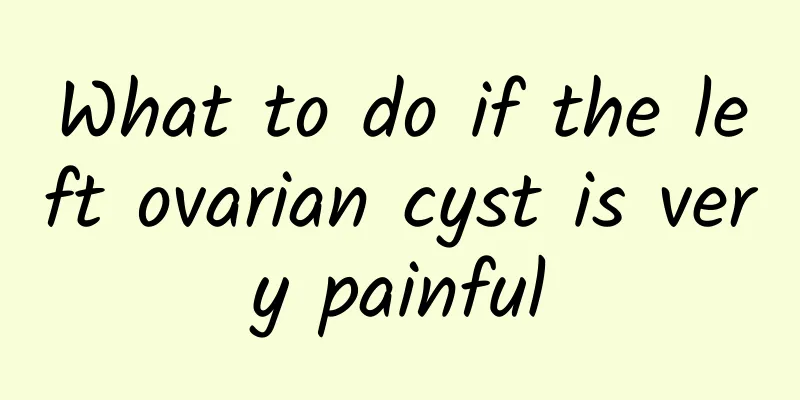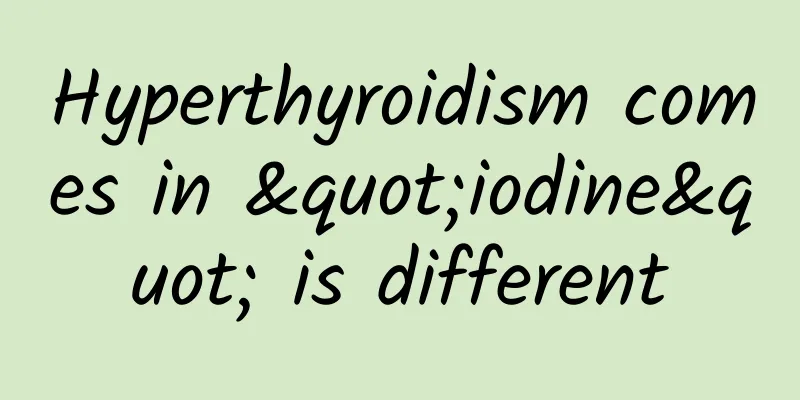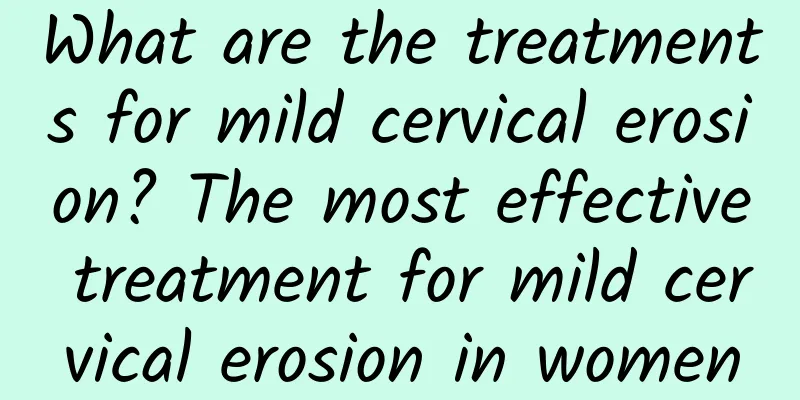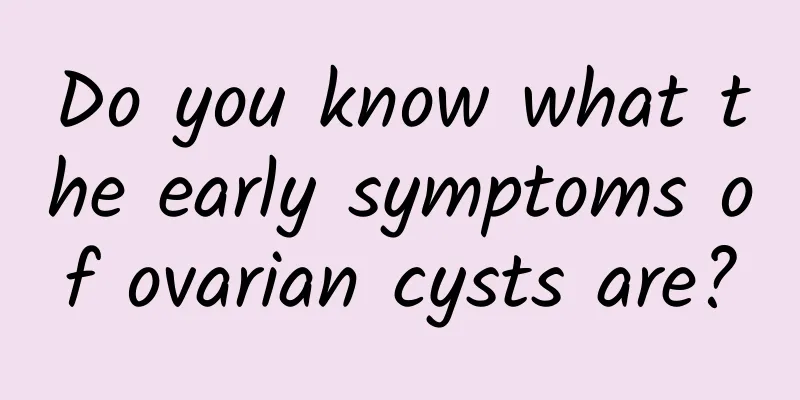What to do if the left ovarian cyst is very painful

|
If you experience severe pain from a left ovarian cyst, it is recommended that you seek medical attention as soon as possible to determine the cause. Common treatments include medication, surgery, and lifestyle adjustments. It is important to choose the right treatment for different causes and symptoms. 1 Possible Cause Common causes of pain from left-sided ovarian cysts include cyst enlargement, rupture, or torsion, which may lead to local compression or inflammatory reactions in the abdominal cavity. Specifically, enlarged cysts may irritate surrounding tissues, causing persistent or periodic dull pain; cyst rupture may cause severe abdominal pain and even internal bleeding; cyst torsion may cause acute colic and may endanger the blood supply to the ovary. If these conditions are not treated promptly, they may lead to more serious complications. 2 Drug treatment options For patients with mild cysts or mild pain symptoms, drug treatment is one of the first choices. Hormonal drugs: such as oral contraceptives, used to regulate the menstrual cycle and inhibit the growth of cysts. Pain medications: Over-the-counter pain medications such as ibuprofen can relieve pain symptoms. Antibiotics: If the cyst becomes inflamed, antibiotics may be used to control the infection. Drug treatment should be carried out under the guidance of a doctor and never take medicine on your own. 3 Surgical treatment options Surgery may be necessary for larger cysts or for patients with complex symptoms: Laparoscopic surgery: Minimally invasive surgery suitable for small or medium-sized cysts, with quick recovery after surgery. Laparotomy: Suitable for cysts that are larger, ruptured, or have a higher likelihood of malignancy. Ovarian removal: When cysts seriously affect ovarian function, it may be necessary to remove part or all of the ovaries. The type of surgery to be performed depends on the size and nature of the cyst and the patient's overall health. 4 Lifestyle Adjustment Measures Lifestyle changes are also important to relieve symptoms and reduce the likelihood of recurrence: Dietary adjustments: Increase high-fiber foods appropriately, reduce refined sugar and fat intake, and maintain hormonal balance. Moderate exercise: Such as yoga and walking, helps blood circulation and stress management. Regular physical examinations: Regular gynecological ultrasound examinations can help detect problems early. If the left ovarian cyst causes severe pain or is accompanied by symptoms such as nausea, vomiting, and fever, you should go to the hospital for examination and treatment as soon as possible. Early intervention can effectively reduce the difficulty and risk of treatment. At the same time, paying attention to adjusting your diet and exercising moderately in life is of great significance for the prevention and recovery of the disease. Please do not ignore the signals sent by your body. It is the wisest choice to seek professional help in time. |
<<: The main causes of hydatidiform mole
>>: What is the normal size of the ovaries in polycystic ovaries?
Recommend
How should women with uterine fibroids be treated?
What is the treatment for uterine fibroids? The c...
Eat sweets to relieve stress? Beware of sugar addiction
Do you crave chocolate when you’re anxious? Do yo...
The most common treatment for ectopic pregnancy
Pregnancy is a very happy thing, but if an ectopi...
What is an ovarian cyst? What are the causes of ovarian cysts?
What exactly is an ovarian cyst? What are the cau...
How to prevent cervical erosion from becoming cancerous? 5 ways to prevent cervical erosion from becoming cancerous
Cervical erosion is a very common gynecological d...
What are the 3 signs of uterine fibroids? What are the manifestations of uterine fibroids?
What are the 3 signs of uterine fibroids? How do ...
Causes of cervical hypertrophy
What is the main cause of cervical hypertrophy in...
What are the symptoms of severe complications of uterine fibroids?
Uterine fibroids are a benign tumor, but the inci...
What are the common symptoms of uterine fibroids? What are the dangers of uterine fibroids?
Many women do not show obvious symptoms after get...
Can’t lose weight after breastfeeding? This may be the reason! Nutritionist shares weight loss method suitable for postpartum mothers
The confinement period after delivery is the best...
Misunderstandings in the treatment of endometrial tuberculosis
There are many misunderstandings in the treatment...
What are the causes of miscarriage? There are 6 major causes
There are many reasons for female miscarriage, th...
What are the ways to prevent adnexitis?
If adnexitis is not treated in time, it can direc...
Can women with chronic cervicitis not be treated? How can patients with chronic cervicitis regulate themselves?
Chronic cervicitis is an inflammatory reaction of...
What are the treatments for cervical hypertrophy?
What are the treatments for cervical hypertrophy?...









